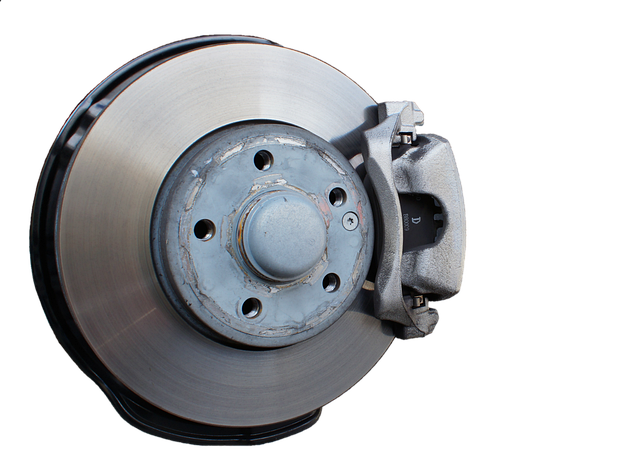Mastering Mercedes Safety System Checks: A Comprehensive Guide
A Mercedes safety system check is a crucial, regular maintenance step for all vehicle owners. This d…….
In the rapidly evolving automotive industry, safety is no longer just a feature; it’s a paramount concern. Mercedes-Benz, a pioneer in luxury and performance vehicles, has long been at the forefront of implementing cutting-edge safety systems. This article delves into the intricacies of the Mercedes Safety System Check, exploring its purpose, evolution, global impact, technological innovations, regulatory framework, challenges, real-world applications, and future prospects. By examining these aspects, we aim to provide an insightful guide for both industry professionals and enthusiasts interested in understanding the critical role of safety in modern vehicles.
The Mercedes Safety System Check (MSSC) is a comprehensive assessment process designed to ensure that a Mercedes-Benz vehicle meets the highest standards of active and passive safety. It encompasses a series of rigorous tests, inspections, and evaluations covering various systems, including but not limited to:
Mercedes-Benz has been pioneering safety features since the 1930s, introducing innovations like three-point seatbelts and crumple zones. The modern MSSC evolved from these early efforts, incorporating advancements in technology and an increased focus on proactive safety. Over time, the check has become more sophisticated, keeping pace with regulatory changes and consumer expectations. Today, it’s a multifaceted process that combines computer simulations, laboratory tests, and real-world assessments to ensure optimal vehicle safety.
The MSSC plays a pivotal role in:
The MSSC has a significant global impact, influencing vehicle safety standards worldwide. Key markets, including Europe, North America, and Asia-Pacific, have adopted stringent safety regulations that mirror or exceed Mercedes’ standards. This international influence drives manufacturers across the industry to uphold—and continually enhance—safety benchmarks set by Mercedes-Benz.
| Region | Trends | Regulatory Focus |
|---|---|---|
| Europe | Advanced driver assistance systems (ADAS), focus on autonomous driving | Euro NCAP, stringent crash testing requirements |
| North America | Active safety features, collision avoidance systems | NHTSA (National Highway Traffic Safety Administration) standards |
| Asia-Pacific | High adoption rates of adaptive cruise control and lane keeping assist | ASEAN (Association of Southeast Asian Nations) safety regulations |
Each region’s unique driving culture and road conditions influence safety trends. For instance, European markets prioritize pedestrian and cyclist safety, while North American regulations heavily focus on front-end crash protection. Asia-Pacific regions are seeing a rapid adoption of advanced safety systems due to increasing affluence and a growing middle class.
The global automotive market, valued at over $2 trillion in 2021, is highly competitive, with safety emerging as a key differentiator. Mercedes’ emphasis on safety has contributed to its market share and brand value, making it a leader in the premium vehicle segment. The MSSC plays a crucial role in maintaining this competitive edge by ensuring consistent safety performance across its diverse lineup.
Mercedes invests heavily in research and development (R&D) for safety technologies, with a significant portion of its annual budget allocated to this area. These investments drive innovation, enhance product quality, and contribute to the company’s long-term success. Additionally, strict safety standards influence purchasing decisions, creating opportunities for suppliers who can deliver high-quality safety components.
Safety systems have a profound impact on economic systems by:
These technological advancements have revolutionized vehicle safety:
The future holds immense potential for safety technology:
Regulatory frameworks exert a significant influence on MSSC:
The EQS, a flagship electric sedan, exemplifies Mercedes’ commitment to safety. With advanced driver assistance systems (ADAS), including Distronic and Active Lane Change Assist, it sets new standards for luxury and safety. The vehicle’s extensive use of sensors and AI ensures it can handle various driving conditions, providing a safe and comfortable experience.
Lessons Learned:
The GLE SUV is designed for both on and off-road capabilities while prioritizing safety. Its PRE-SAFE system detects impending collisions and prepares the vehicle and occupants, minimizing potential injuries. The vehicle’s robust construction and advanced airbags provide superior protection in rugged terrain.
Lessons Learned:
The Mercedes Safety System Check is a testament to the company’s unwavering commitment to safety innovation, setting industry benchmarks worldwide. As technology advances and global regulations evolve, the MSSC will continue to play a pivotal role in shaping the future of vehicle safety. By embracing emerging trends, investing in R&D, and prioritizing consumer needs, Mercedes-Benz solidifies its position as a leader in automotive safety.
Q: How often should I get my Mercedes Safety System Check?
A: It’s recommended to have the MSSC performed annually or as per your vehicle manufacturer’s guidelines. Regular checks ensure optimal performance and compliance with safety standards.
Q: Can advanced safety features reduce insurance costs?
A: Yes, many insurance companies offer discounts for vehicles equipped with advanced safety systems. These features demonstrate a higher level of safety awareness, potentially lowering insurance premiums.
Q: Are Mercedes safety systems difficult to use?
A: No, Mercedes designs its safety systems with user-friendliness in mind. They are designed to operate seamlessly without requiring extensive user intervention. However, understanding their features through the user manual is always beneficial.
Q: How do I know if my Mercedes vehicle is safe enough?
A: The MSSC provides reassurance regarding your vehicle’s safety. Additionally, regular maintenance and keeping up with software updates ensure that safety systems function at their best.
Q: Can Mercedes safety features help in emergency situations?
A: Absolutely! Advanced safety systems can assist in emergencies by providing collision avoidance, deploying airbags, and even summoning emergency services automatically when needed.

A Mercedes safety system check is a crucial, regular maintenance step for all vehicle owners. This d…….

The Mercedes Safety System Check is a vital vehicle maintenance procedure focusing on passenger prot…….

Mercedes safety systems, comprising ABS, ESC, LDW, and ACC, are crucial for protecting all road user…….

Mercedes safety system checks, both pre- and post-repair, are crucial for maintaining vehicle integr…….